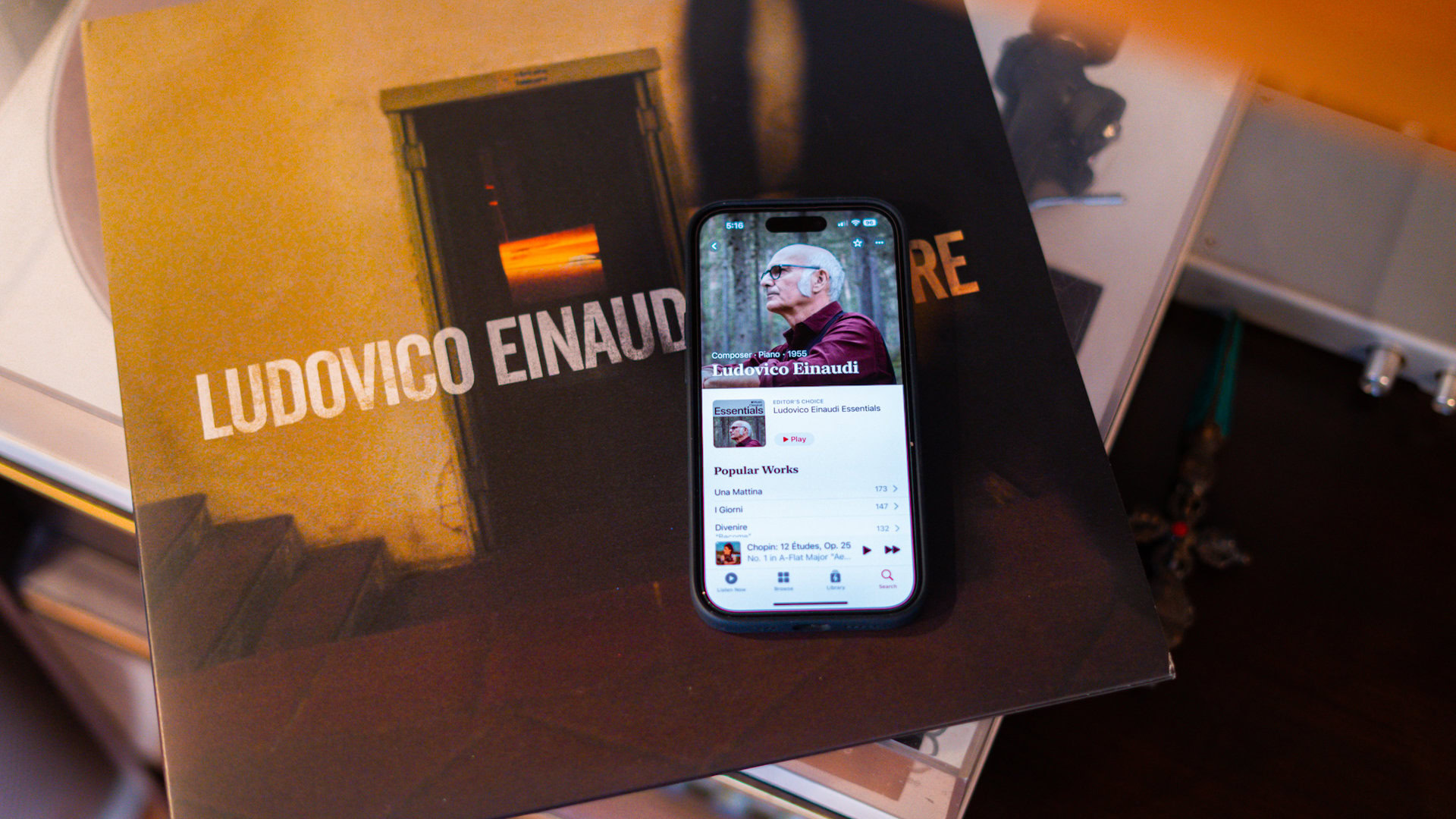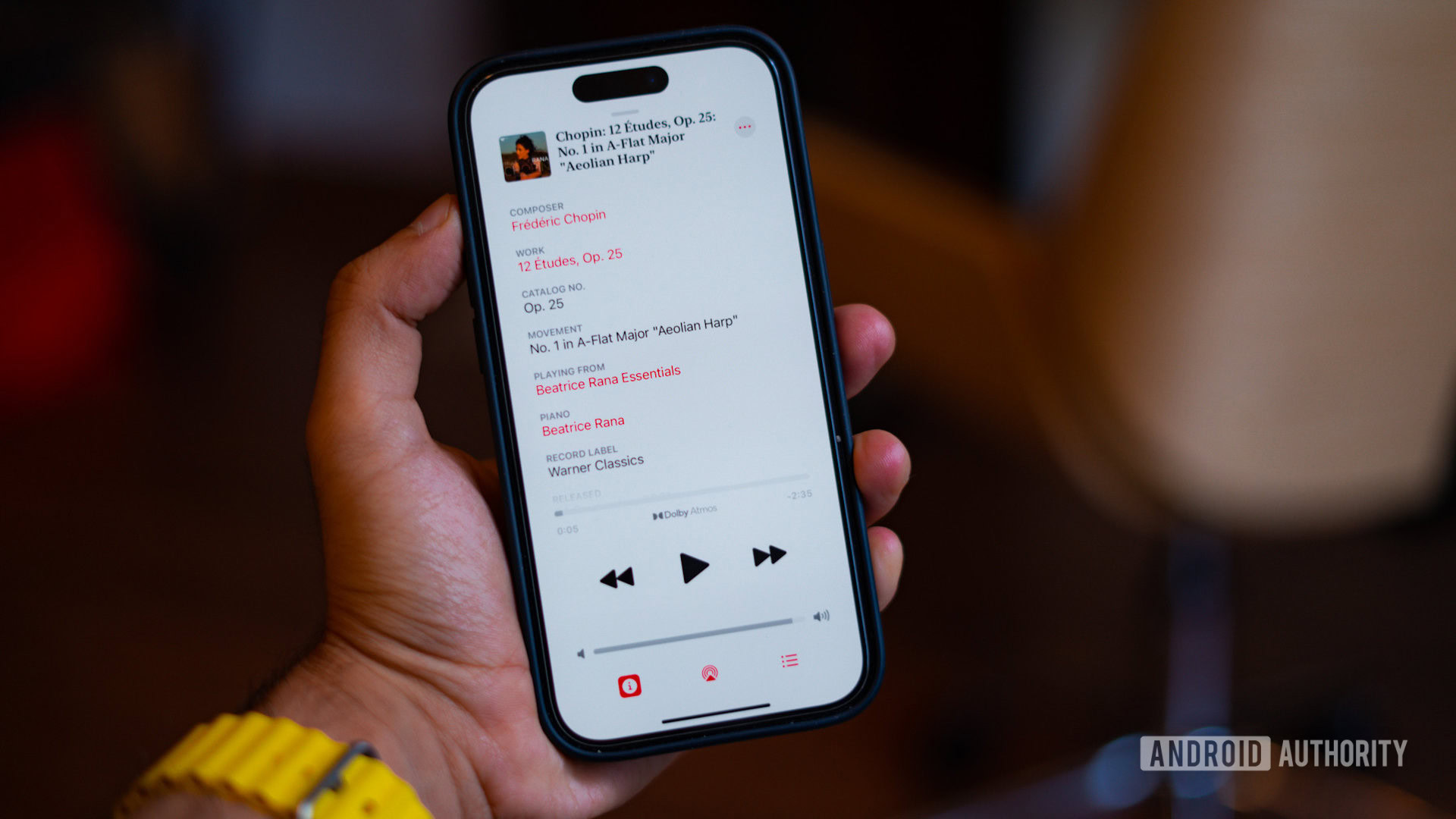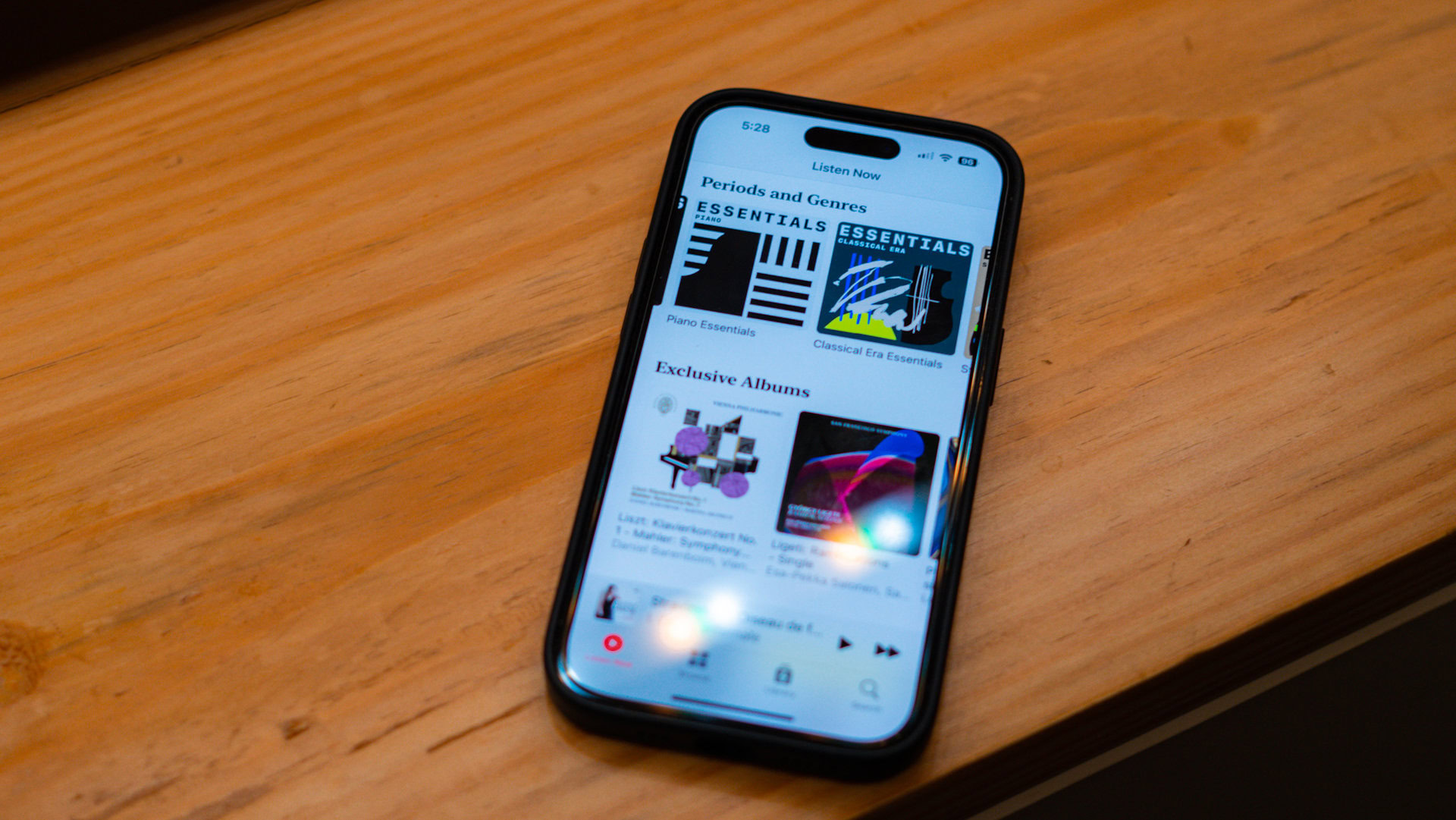Affiliate links on Android Authority may earn us a commission. Learn more.
Apple Music Classical is everything I've wanted Spotify to be

Julian Bream’s 1957 rendition of Weiss’ Tombeau Sur la Mort left a lifelong impression on me. As a ten-year-old, it ignited a passion for music and inspired me to pick up the guitar. In my formative years, I grew to enjoy Mahler, followed the Vienna Philharmonic, and dug out every rendition of my favorite movements. Ironically, it also taught me just how vital metadata can be for a great music-listening experience.
Over the years, my tastes evolved towards a diametrically different genre — metal. For all their differences, the two genres have sufficient overlap in ideologies. Both are focused on technical proficiency, nuance, and emotion. They both also suffer from a problem of curation, more specifically, metadata. It’s hard to blame the average listener for lumping all metal into a single bucket of heavy music when streaming services have treated the genre irreverently. Even today, streaming services can’t tell the difference between the Gothenburg school of black metal, symphonic black metal, and, say, ambient black metal.
The metadata is all there, streaming services refuse to expose it.
All of which is to say that even the best music streaming music apps have an inherent problem of making data and music accessible. Apple Music‘s new Classical app has a different approach toward music curation and presentation, which gives me hope that there’s a better way to stream music.
I’ve spent the last week streaming everything from Einaudi’s iconic neo-classical compositions to Mozart and Simonetti’s haunting Celesta and Bells, and I’m convinced that Apple has finally built a music app that could please music nerds and the average listener alike. Here’s why every music streaming service should get some inspiration from Apple Music Classical.
Which music streaming app has the best interface?
Metadata powers digital music
I spent a significant chunk of my teenage years amassing a sizable music collection. I’ve devoted hundreds of hours to cataloging and adding metadata to make sense of my spiderweb of a music collection.
Today my music library sits on its own dedicated NAS drive, and depending on my mood, I can dive deep into a discography, find relevant side projects or create a dialed-in playlist within seconds. However, convenience trumps categorization, and most of my music listening happens via streaming, even though the experience sucks. That’s where Apple Music Classical stepped in.
A quick tap and swipe into the Apple Music Classical app reveals a refreshingly simple interface fine-tuned for the classical music listening experience. The neatly organized grid of categories shows genres, composers, periods, and more. It never takes more than three taps to get to a list of artists, new albums, and more within that specific genre. This shows deference to already existing data, and puts the power of discovery in the hands of the listener. It’s in sharp contrast to how most music streaming apps would prefer you listen to playlists classified by mood, editorial curation, or a mix of both.
Apple Music Classical understands its userbase knows what it wants to listen to.
Prefer something even more fine-tuned? Swipe right to the instruments tab; the app lets you get into the weeds with guitars, harpsichords, pianos, and more. It’s designed for listeners who want to get intimate with their music.
I like that Apple Music Classical accepts that its user base might not be adventurous and presents a library tab reminiscent of old-school offline music players. Behind the library icon are all the essentials like Albums, Artists, Composers, and more. It’s traditional, but it works. Within a few hours, I’d curated a list of preferred composers making it a cinch to get listening.
Contrast this with the Spotify experience, where finding your bookmarked library of artists or albums is far from the most effortless experience. Instead, Spotify prefers to show you giant-sized thumbnails for followed playlists. Moreover, Spotify still can’t segregate live albums and compilations, dumping them alongside artists’ standard release catalog.
The playlist model of discovery isn't wrong, it's just not conducive to getting intimate with an artist.
It’s not that the playlist model of discovery is inherently wrong. It’s a great way to get a sense of the cultural zeitgeist for pop music or if you are in the mood for some 180 BPM metal at the gym. Unfortunately, playlist-based listening keeps listeners circling within a group of similar-sounding music. How often do you sit up, pause and tap at the playlist to discover an artist and dive further into their works? I feel that the playlist model is entirely at odds with the one thing music lovers like me care about — getting to know the artist.
That same respect for the genre extends to how the Apple Music Classical app displays artist photos, artwork, or life history. Instead of adding jarring video clips or heavy-handed graphics, the app has been designed from the ground up to be respectful to the artist and remain a simple carrier for music. The approach isn’t entirely new, of course, and could be considered an extension of the similarly designed artist page in the regular Apple Music app. However, the focus on curation over becoming a tastemaker for the broadest audience is telling.
Apple Music Classical encourages you to interact with music

The entire Apple Music Classical app showcases a strong focus on cohesion too. One of my favorite aspects has been the info tab under the now-playing page. The segregated page lets you deep-dive into details like composer, catalog number, and record label. Tapping these reveal further works by the artist or composer. Now, not all of these tabs are relevant across other genres of music, but many are. It boggles my mind that I can’t access or do much with this essential data in most other streaming apps. If nothing else, it might encourage me to spend more time in the app and discover more music from the composer for example — a would-be win-win for the platform and the listener.
Spotify, on its end, will let you see song credits but offers no way to click through to discover an individual’s other works. Similarly, the regular Apple Music app won’t let you see song credits at all and has no info tab, unlike its Classical focussed counterpart.
In fact, the best example of a mainstream music streaming service offering similar access to metadata is Tidal. I’ve long been a Tidal subscriber and have spent far too much debating which platform would win in a Spotify vs Tidal face-off. That said, the platform has been an excellent example of displaying artist credits. It lets you tap on individual contributors and play all the music that they’ve created or composed. Considering most music streaming services source audio files from the same repository, Apple Music Classical and Tidal show that exposing this data is possible. The problem is a lack of intention. These features need to be table stakes instead of nice-to-haves.
The debate over balancing metadata with an accessible interface goes much deeper. Today, my personal listening history is withheld like a proprietary secret making it impossible to see how many times I looped the latest Metallica single. It’s not that the platforms are not keeping a log of that data. Every year, Spotify Rewind presents a shareable slideshow of that same data. Letting me see that information and build playlists off it would be the logical next step. Except, nobody has been interested in exposing that data.
No streaming app is perfect, but Apple Music Classical gets close

For all its wins, the Apple Music Classical app isn’t perfect either. For the first-time explorer of classical music, the breakdowns by genre or composer can be intimidating, and a streaming service should, by definition, aim for a wider reach. Sure, it’s got some great playlists already, but discoverability can be an issue for someone new to the genre. However, I’d wager that it’s a problem associated with Classical music, not categorization.
Apple Music Classical is a clear example of an app built by people who genuinely care about music. It’s an app that trusts you, the music listener, to know your mood, educate yourself about the nuance of specific pieces or movements, and immerse yourself in an artist’s works. It’s also a great starting point for balancing discovery with curation.
Apple Music Classical takes a deferential approach to the listener, and balancing it with better discovery is the sweet spot.
I hope Apple takes cues from the Classical app and incorporates some of the interface tweaks and features into the standard Apple Music app. As it stands, the Music app can seem borderline chaotic. I’ve never listened to a single Bollywood track on Apple Music, yet my browse page is chock-full of recommendations for the latest releases. That makes no sense.
Similarly, Spotify’s upcoming TikTok-ification flies in the face of granular music listening. No, Spotify, I do not care about devotional music or the latest Happy Tamil Music playlist.
Apple Music Classical is proof that a better music listening experience can co-exist with the chaos of streaming recommendations. But will any other service learn from it? That’s the million-dollar question.
Apple Music Classical is available for free to all Apple Music subscribers. Subscriptions for Apple Music start at $10.99 a month for individuals, and you can subscribe to a family plan for $16.99 a month.
Yes, Apple Music Classical supports high-resolution lossless streaming as well as spatial audio.
At launch, Apple Music Classical is exclusively available on an iPhone. Apple does, however, plan to launch the app on Android.
No, Apple Music Classical requires always-on internet access.